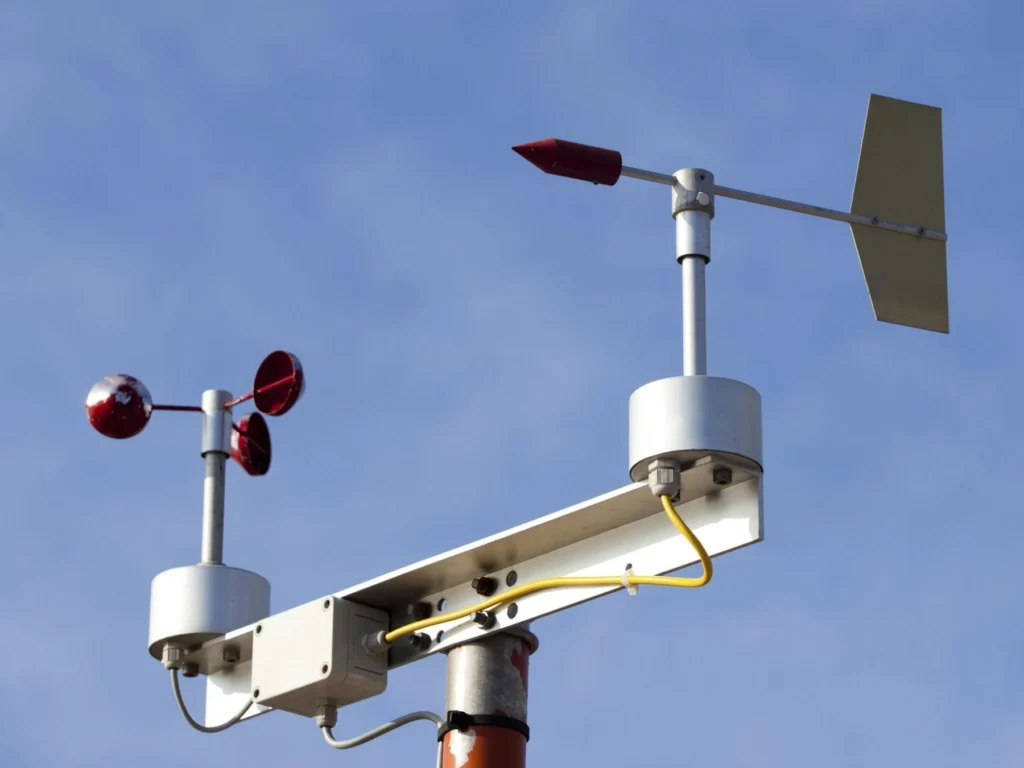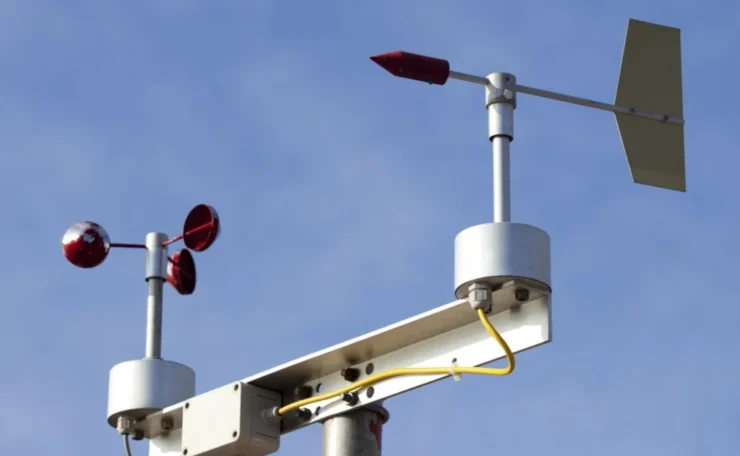
# Wind Measuring Instruments: Essential Tools for Accurate Weather Monitoring
Wind measuring instruments are indispensable tools in meteorology, environmental science, and various industries that rely on accurate weather data. These devices provide critical information about wind speed, direction, and other related parameters, enabling professionals to make informed decisions and predictions.
## Types of Wind Measuring Instruments
There are several types of wind measuring instruments, each designed for specific applications and environments. Some of the most common include:
– Anemometers: These devices measure wind speed and are widely used in weather stations, aviation, and marine applications.
– Wind Vanes: Also known as weather vanes, these instruments indicate wind direction and are often paired with anemometers for comprehensive wind data.
– Sonic Anemometers: Utilizing ultrasonic sound waves, these advanced instruments measure both wind speed and direction with high precision.
– Cup Anemometers: Featuring rotating cups, these anemometers are simple yet effective for measuring wind speed in various conditions.
## Applications of Wind Measuring Instruments
Wind measuring instruments are utilized in a wide range of fields, including:
– Meteorology: Accurate wind data is crucial for weather forecasting and climate studies.
– Aviation: Pilots and air traffic controllers rely on wind measurements for safe takeoffs, landings, and flight planning.
– Marine: Sailors and marine researchers use wind data to navigate and study ocean currents.
– Renewable Energy: Wind turbines require precise wind measurements to optimize energy production and ensure safety.
## Importance of Accurate Wind Measurement
Accurate wind measurement is vital for several reasons:
– Safety: Reliable wind data helps prevent accidents in aviation, marine, and construction industries.
– Efficiency: In renewable energy, precise wind measurements enhance the efficiency of wind turbines.
– Research: Scientists depend on accurate wind data for climate research and environmental monitoring.
– Planning: Urban planners and architects use wind data to design buildings and infrastructure that can withstand wind forces.
## Choosing the Right Wind Measuring Instrument
Selecting the appropriate wind measuring instrument depends on the specific requirements of the application. Factors to consider include:
– Accuracy: The level of precision needed for the measurements.
– Environment: The conditions in which the instrument will be used, such as extreme temperatures or marine environments.
– Durability: The instrument’s ability to withstand harsh conditions and prolonged use.
– Cost: The budget available for purchasing and maintaining the instrument.
## Conclusion
Wind measuring instruments are essential tools for accurate weather monitoring and play a critical role in various industries. By understanding the different types of instruments and their applications, professionals can make informed decisions and ensure the safety, efficiency, and success of their projects. Whether for meteorology, aviation, marine, or renewable energy, these devices provide the data needed to navigate and thrive in a world influenced by wind.
Keyword: wind measuring instrument

